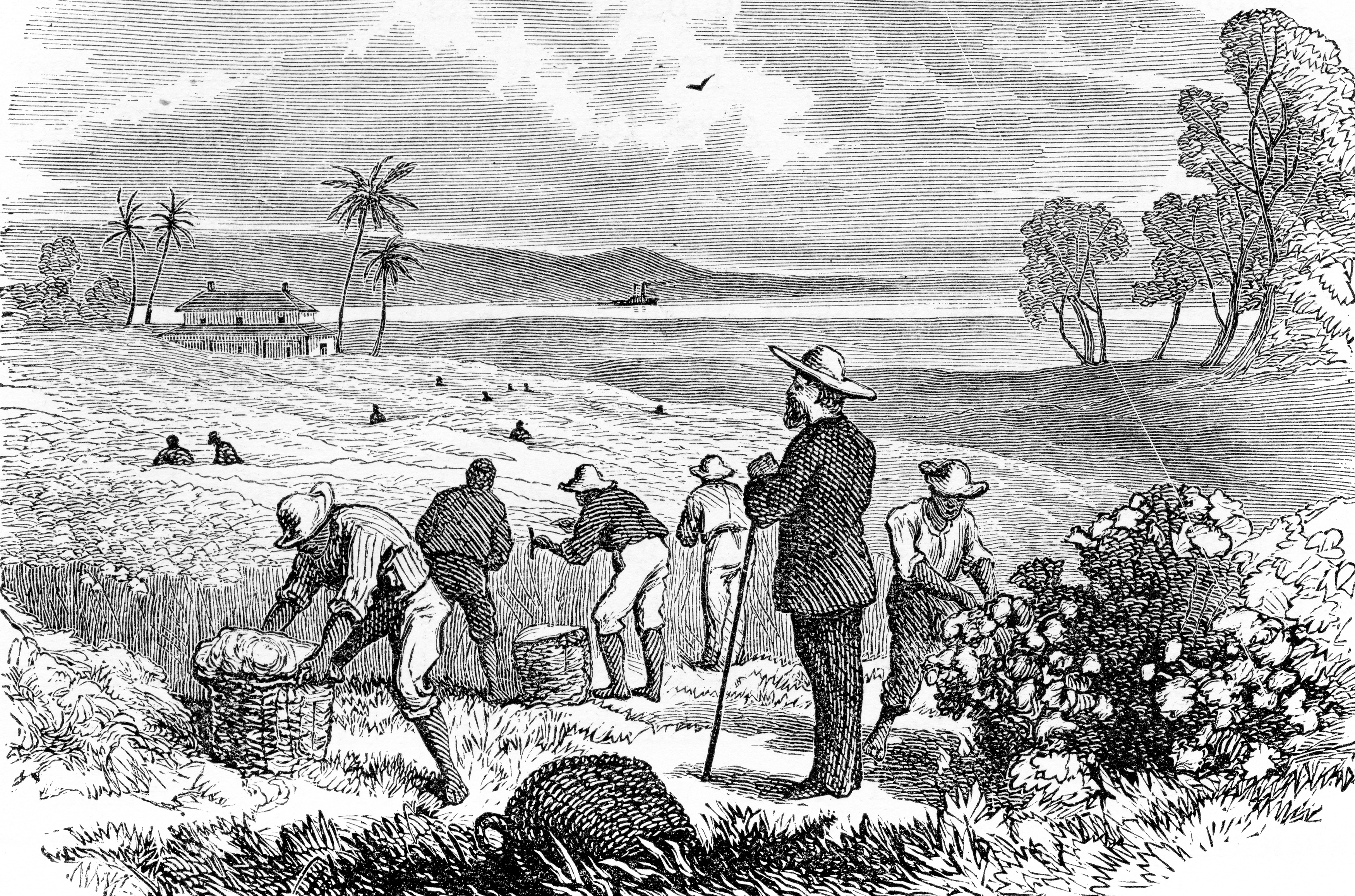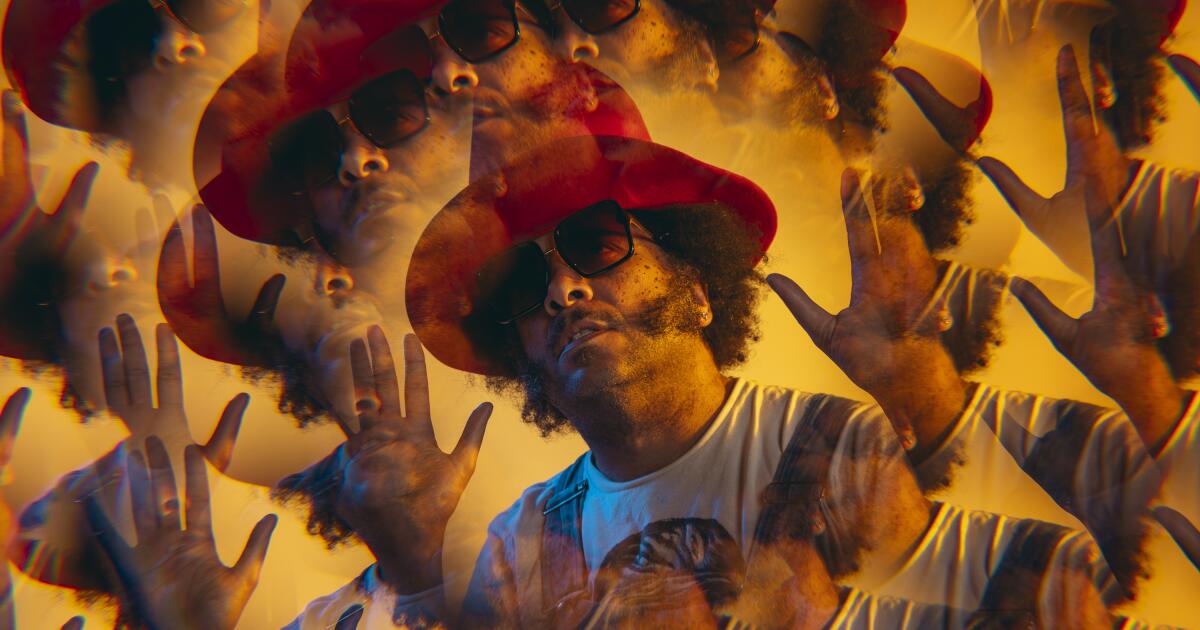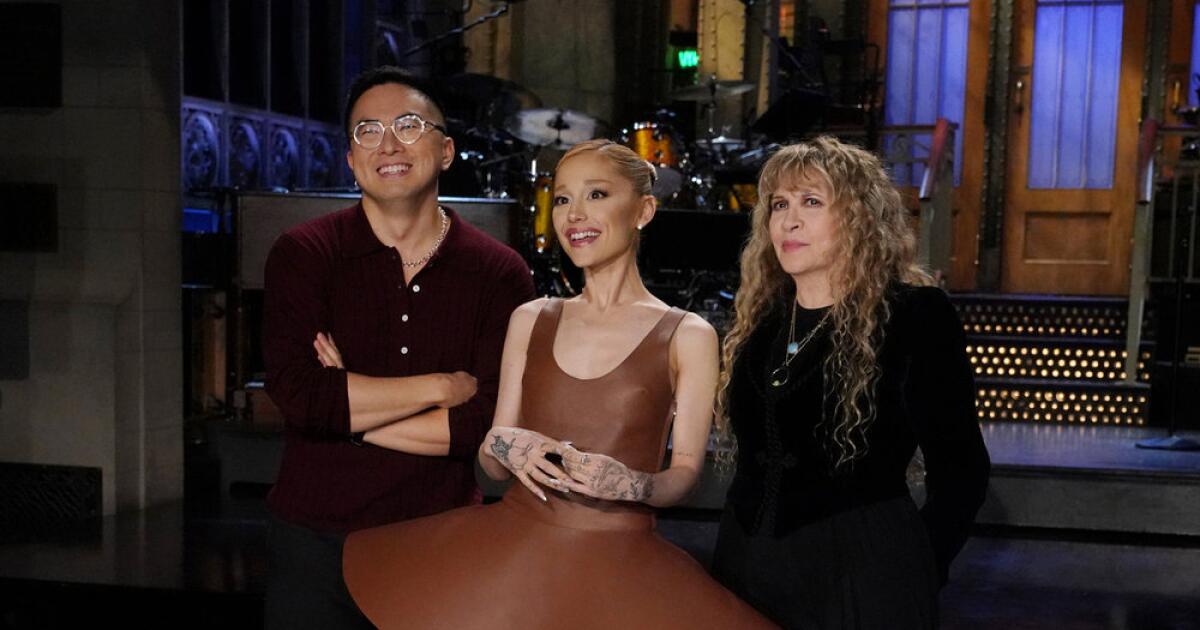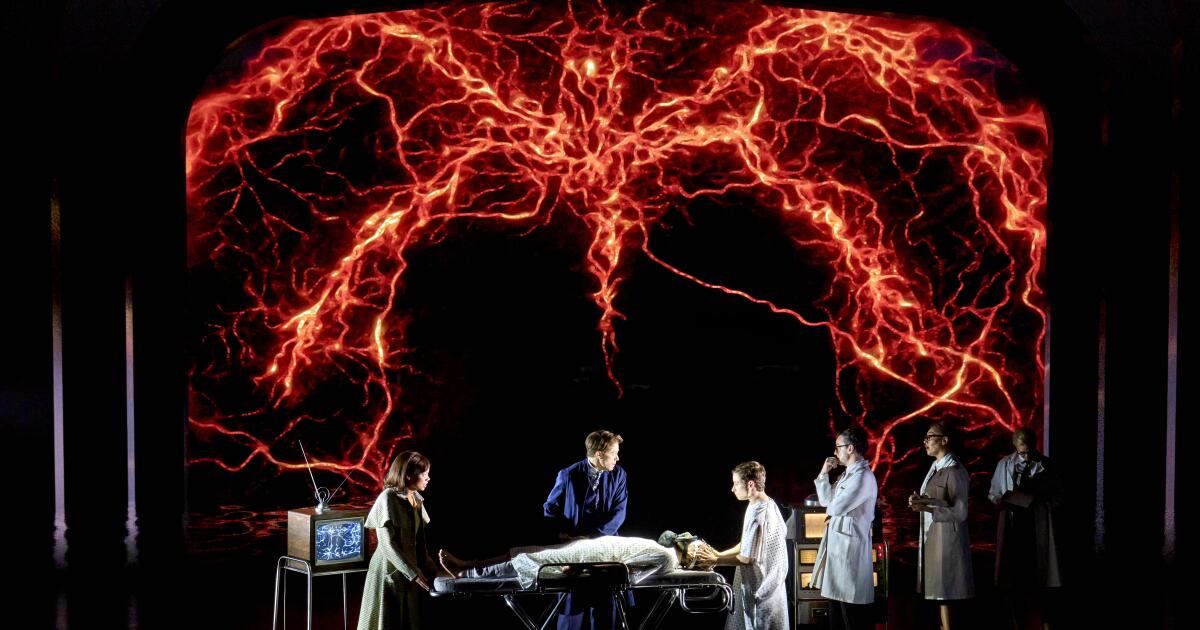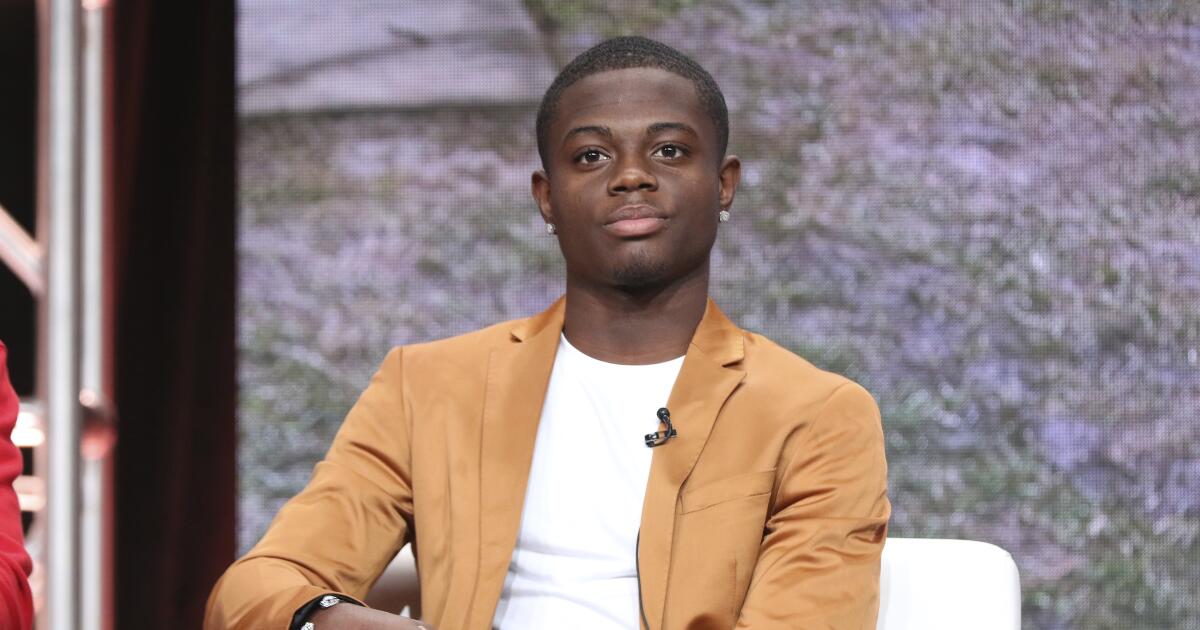Although we still don’t know who he is, we know where to find him.
The new Banksy Museum in New York City presents what it claims is “the world’s largest collection” of the globally famous yet anonymous artist’s life-sized murals and other artwork.
Or, at least, “magnificent” reproductions of them.
The museum opened its doors in Soho on Wednesday and features depictions of more than 160 pieces created by the secretive street artist, many of which have long since been whitewashed or dismantled.
“Little of Banksy’s works are visible to the public at large. Most have been stolen for resale, inadvertently destroyed or erased by overzealous city cleaning teams,” museum founder Hazis Vardar said in a statement.
“Most of this transient art could only be viewed on tiny smartphone screens, which is no way to experience the scale or emotion of Banksy’s work,” Vardar continued. “So we knew that we needed to create an exhibition that would bring Banksy’s art back before the public.”
To do so, the team employed a team of anonymous street artists to “recreate the work” in a “magnificent reflection of Banksy’s energy, defiance and raw talent.”
The curators, conscious of Banksy’s style and guerilla approach, opted for recreations of the art’s original presentations over putting them in, say, ornate gilt frames as a way to preserve the pieces’ inherent intentions.
The museum directors hope the installments prompt visitors to feel as if they’ve spotted the elusive illustrations — which often critique political themes with depictions of rats, apes, policemen and children — while roaming the winding concrete streets of New York, Paris or London; one section of the exhibit even includes a red telephone booth that evokes a British setting.
“Street art belongs in the raw setting of the streets,” Vardar said in explaining the sentiment behind the museum. “But if people can’t see it, is it even art?”
Bansky has become the world’s most celebrated guerrilla street artist by secretly — and sometimes illegally — installing his art in public spaces around the world and also pulling legendary stunts.
That includes orchestrating an over-the-top self-destruction of his canvas “Girl with Balloon“ moments after it sold for $1.4 million in 2018. The shreds, later renamed “Love Is in the Bin,” resold for a whopping $25.4 million just three years later.
The artist continues to be one of the most sought-after and collected contemporary artists while maintaining his rebellious, elusive spirit.
Although part of his fame has come from the surprise element of his work popping up unannounced, Banksy fans now know where they can see his art, at least in Manhattan.
Gregory P. Mango
Although most famous for his street art, some of Banksy’s studio projects are also featured in the exhibit, along with video of his actual works on streets around the globe.
Before setting up shop in Soho, the Banksy Museum was shown at venues in Paris, Barcelona, Kraków and Brussels.
Unfortunately for Banksy-watchers, while the museum team hopes to welcome a wide array of visitors, the mysterious artist himself is not expected to stop by as he continues his years-long attempt to hide behind his art.
Through the years, many have tried to uncover Banksy’s identity since he first made his mark in the 1990s, with some claiming to have spotted him or even known him to be visual artist Robin Gunningham.
However, the painter — who’s only confirmed his first name, Robbie — might finally be forced to give up his full identity after art collectors sued him for refusing to authenticate a print in March.
The Banksy Museum, located at 277 Canal St., is open daily from 10 a.m. to 8 p.m. Tickets are available at MuseumBanksy.com and on-site at the museum. Advance reservations are strongly encouraged.









